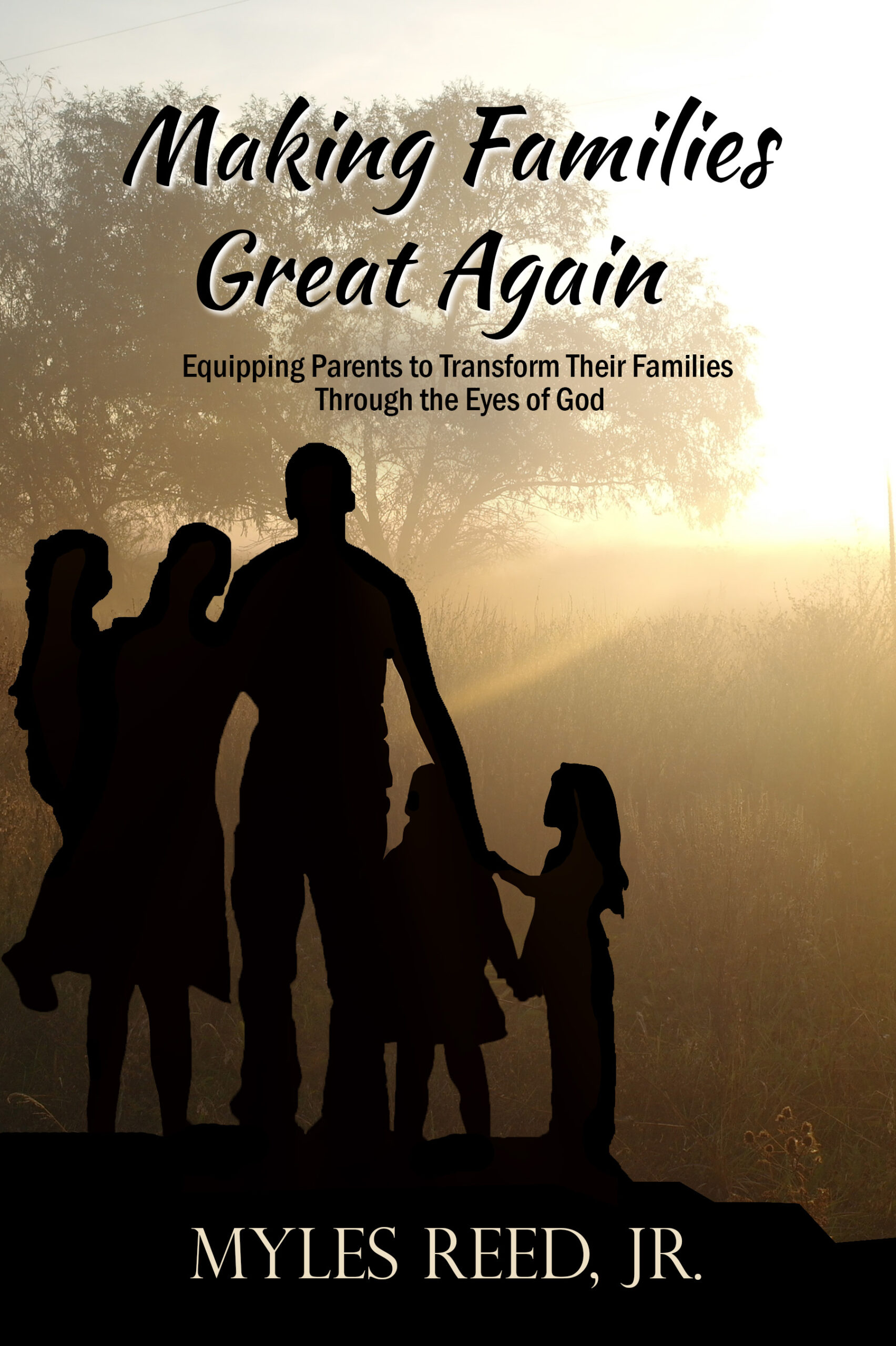Such a small mark can be especially troublesome, because mishandling the hyphen can confuse readers. We never want that.
When multiple words independently modify a noun, do not use a hyphen.
- The tired old man took a seat.
- The gardener’s purple and white irises bloomed every June.
Instead of two iris colors, if the gardener had just one variety, which had purple-and-white petals, we need the hyphen to create a combination color.
- For discussion, the facilitator asked open-ended questions.
- The puppy was bright-eyed and bushy-tailed.
Excluding adverbs, which are a special case, try leaving out one of the two modifiers. If the statement is still true, then the words modify the noun separately and no hyphen is needed. In the examples above, we don’t have “ended questions” that are open. For the puppy, leaving out any of the hyphenated parts changes the picture we have of the puppy, so the hyphens are needed.
With no hyphen, the -ly adverbs can join an adjective in modifying a noun.
- Jan held her perfectly tuned violin against her chin.
- Jack had been exposed to a highly contagious disease.
Adverb phrases that don’t end in -ly should be hyphenated before but not after a noun. In print, you may often see this rule ignored.
- The girl was well liked because of her more-aggressive personality./li>
When age descriptions stand alone they get no hyphen, but they always get hyphens when they modify a noun. The compound numbers twenty-one through ninety-nine are always hyphenated.
- John will be forty-seven this year.
- Susie was four years old when she started kindergarten.
- Seven-year-old Johnny thought recess was the best part of school.




 Character is a critical key to becoming a person of quality, and it starts in the home!
Character is a critical key to becoming a person of quality, and it starts in the home!
You’re welcome. I’m always glad to help.
Thanks, Frank, as I needed this on hyphenates.
Anne